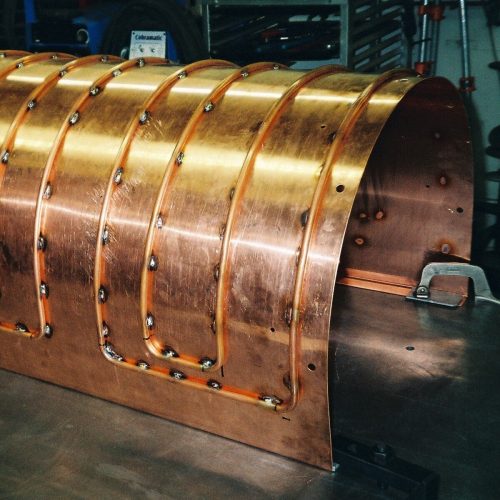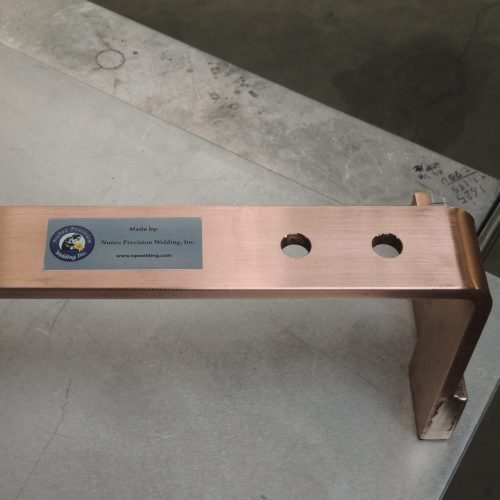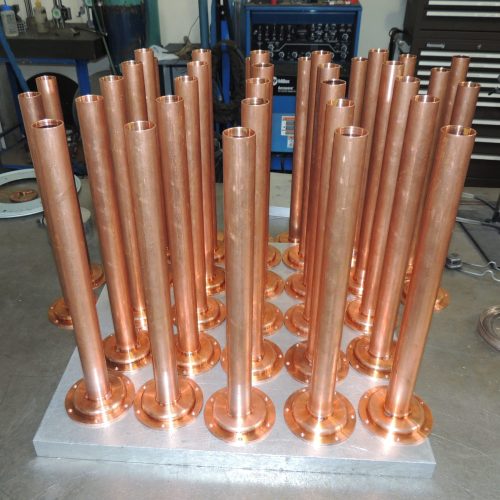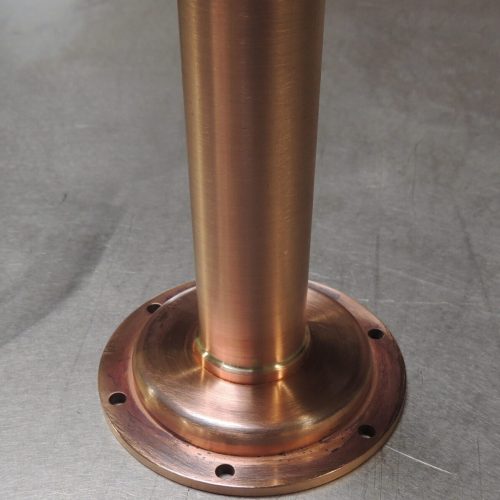Copper brazing is a joining process that utilizes a filler metal with a lower melting point than the base metals, enabling the creation of strong and leak-tight joints in copper and copper alloy components. It is commonly employed in industries such as HVAC, plumbing, and electrical engineering for its ability to produce durable connections with excellent thermal and electrical conductivity.





Copper brazing is a specialized joining process widely utilized across industries for its ability to create strong, leak-tight joints in copper and copper alloy components. This method involves heating the base metals to temperatures above 800°C (1472°F) and introducing a filler metal with a lower melting point, typically a copper-phosphorus or silver-based alloy, which flows into the joint through capillary action. As the filler metal solidifies, it forms a metallurgical bond with the base metals, producing a durable and reliable connection that maintains the mechanical integrity and dimensional stability of the assembly.
Commonly employed in applications such as HVAC systems, plumbing fixtures, and electrical connections, copper brazing offers several advantages. It enables the fabrication of complex assemblies with intricate geometries, while ensuring excellent thermal and electrical conductivity in the joints. Additionally, copper brazing produces clean and aesthetically pleasing results, with minimal distortion and post-braze cleanup required. With its versatility, reliability, and ability to produce high-quality joints, copper brazing continues to be a preferred joining method in various industries where durability and performance are paramount.